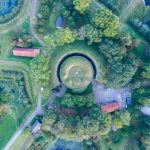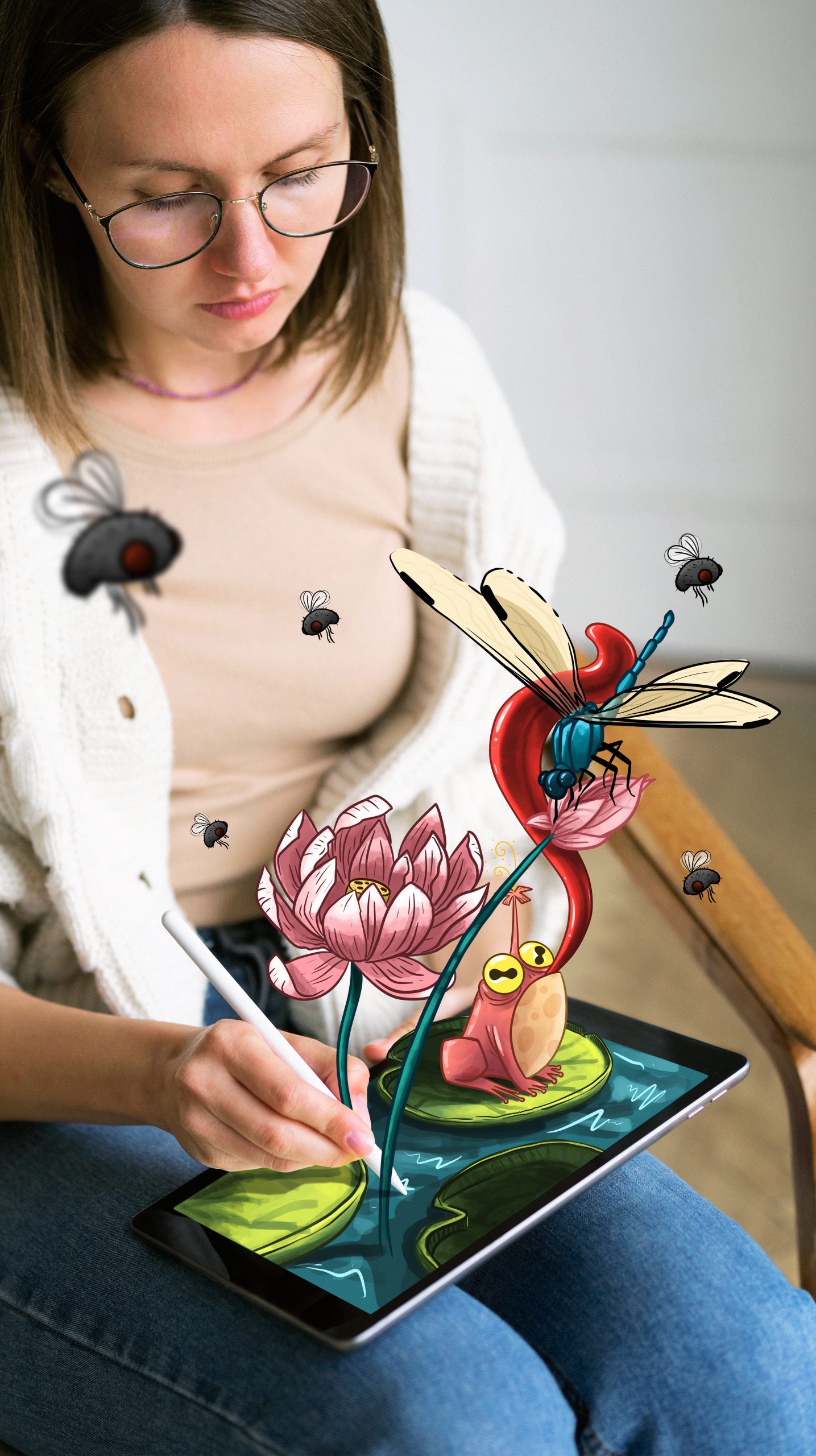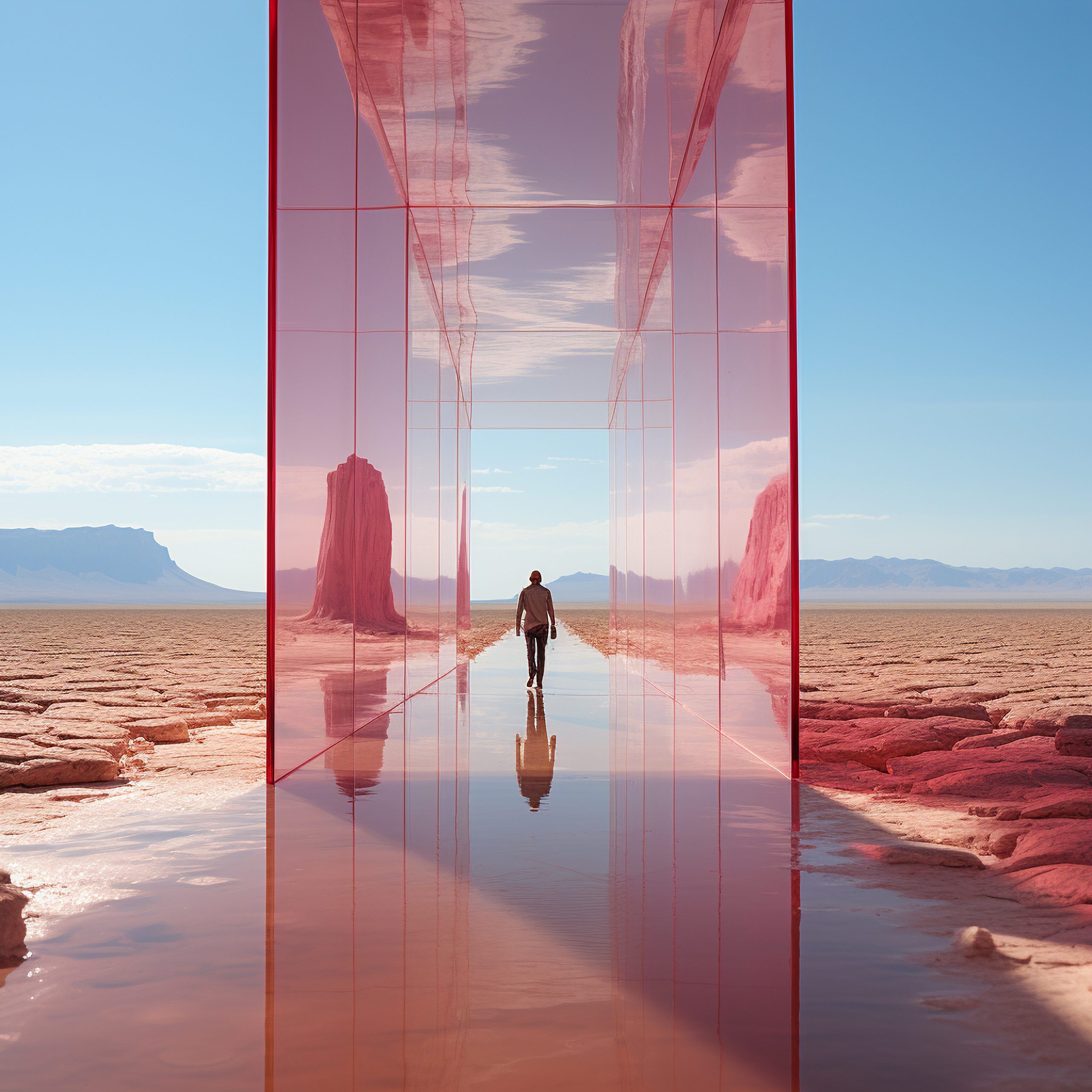In the rapidly changing world we live in, organizations and individuals constantly seek tools and methods to better anticipate the future. back casting room is one such method used in strategic planning that allows us to work backward from a desirable future to identify actions and decisions needed in the present to achieve that future. It’s a tool that emphasizes vision and goal-setting over the predictive nature of traditional forecasting.
What is back casting room?
Is a strategic foresight technique where you begin with a future scenario or goal and work backward to determine the steps necessary to reach that goal. Unlike forecasting, which projects current trends into the future, backcasting is ideal for complex issues where current trends alone cannot lead to the desired outcomes.
For example, if a company wants to be carbon neutral by 2050, back casting room would involve envisioning what carbon neutrality looks like in that year and identifying the steps, policies, and changes needed today to achieve that vision.
Key Steps in back casting room
The back casting room process generally involves the following steps:
- Define the Desired Future: Establish a clear vision of the desired outcome or scenario. This could be an organization’s goals, such as environmental sustainability or technological advancements.
- Analyze the Present Situation: Understand the current status, including existing challenges, resources, and trends. This helps assess what changes are necessary.
- Identify Obstacles and Opportunities: Identify the potential obstacles that could hinder progress and the opportunities that can facilitate the transition toward the desired future.
- Plan Backwards: Starting from the future vision, work backward to outline the milestones, actions, and strategies needed to reach that goal. This involves determining what policies or actions should be taken immediately, in the short term, medium term, and long term.
- Implement and Adjust: Begin implementing the strategies identified and adjust them based on new insights or changing conditions over time.
The Advantages of back casting room
- Focus on Solutions, Not Problems: While forecasting often highlights potential issues or limitations based on current trends, back casting room encourages a focus on solutions by asking, “What do we want to achieve?” This shifts thinking from reactive to proactive.
- Encourages Long-Term Thinking: back casting room allows organizations to look beyond the short-term gains and concentrate on long-term goals, often aligning with sustainability, innovation, or ethical imperatives.
- Flexibility in Uncertain Environments: In a world where social, economic, and environmental factors are continuously changing, forecasting based on current data may be unreliable. back casting room offers a way to plan in uncertain environments by focusing on desired outcomes rather than relying on unpredictable trends.
- Stimulates Creativity: Since back casting room is not restricted by current trends, it opens up creative thinking and encourages stakeholders to explore innovative approaches and solutions.
Applications of back casting room
back casting room is used in various fields, including:
- Sustainability Planning: Organizations and governments use back casting room to design strategies for sustainable development, such as achieving renewable energy targets or reducing waste and emissions.
- Corporate Strategy: Companies use back casting room to set future visions for growth, technological adoption, or market expansion. For instance, a business may backcast to determine the steps needed to become a leader in a new industry.
- Urban Planning: Cities and communities apply back casting room to shape future urban environments, focusing on goals like sustainable transportation, affordable housing, or smart city initiatives.
back casting room vs. Forecasting
While both back casting room and forecasting aim to shape future strategies, they operate in fundamentally different ways:
- Forecasting: This approach involves projecting current data and trends into the future, typically asking, “What is likely to happen?”
- back casting room: In contrast, back casting room starts by defining a future scenario and works backward, asking, “What needs to happen to achieve this future?”
The key difference is that forecasting is often trend-based and reactive, while backcasting is vision-based and proactive, making it a powerful tool for addressing complex, long-term challenges.
Conclusion
Backcasting offers a compelling approach to strategic planning, especially when addressing large-scale societal or organizational goals. By focusing on desired future outcomes and working backward, this method promotes creativity, innovation, and long-term thinking, making it highly effective for achieving sustainability, growth, and transformation.
As organizations and governments face increasingly complex challenges, back casting room is becoming an essential tool for shaping a future that aligns with our values and aspirations.










